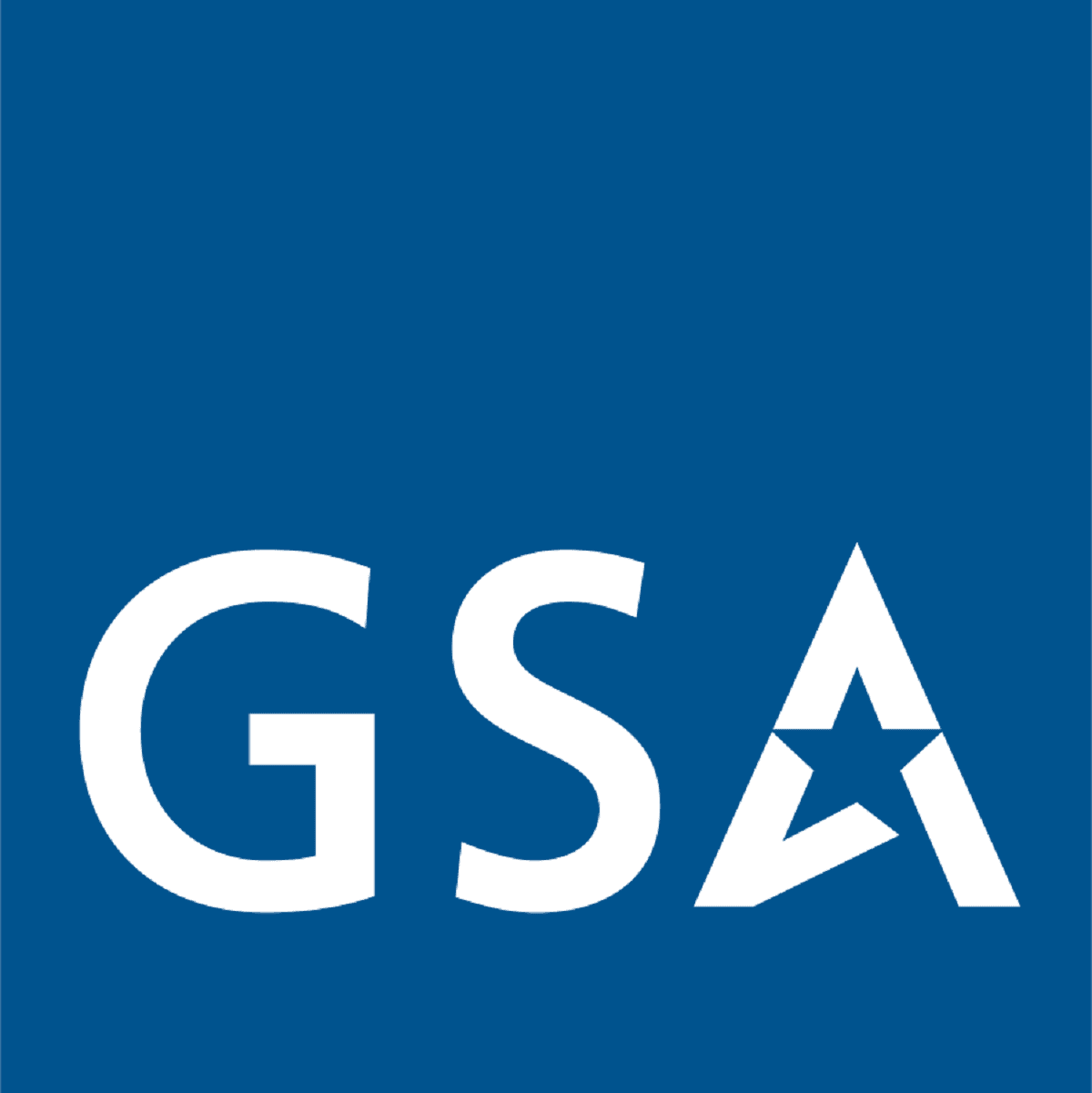Reform Plan and Reorganization Recommendations
One Year Update 2018 PlanOne year later, agencies have made important progress on fundamental reorganization reform, collectively representing the most comprehensive attempt to modernize the structures of Government in recent decades.
Today’s Executive Branch is not well aligned to meet Americans’ needs in the digital age. Outdated technology, organizational constructs, and processes designed in the 20th century have not kept up with the demands of the Federal workforce, and have left the American people frustrated.
In March 2017, the President demanded change by asking OMB to propose a comprehensive plan for reorganizing the Executive Branch under Executive Order 13781. Together, this EO and the Administration’s plan build on a history of bipartisan Government reform initiatives.
The Administration’s plan serves as a cornerstone to build productive, bipartisan dialogue around realigning the Federal Government mission delivery model to make sense in the 21st century.
Visit the OMB SiteAs the United States faces the challenges of serving the broad and diverse needs of our growing country, it is important to reexamine the organizational alignment of the Executive Branch government institutions to ensure that our organizational constructs are well aligned to meet the needs of the 21st century.
Reorganization is one tool among many that this Administration is using to drive transformational change in Government. Meeting the needs of the American people, as well as the President’s mandate for greater efficiency, effectiveness, and accountability, requires a range of transformational approaches to support reorganization. To that end, the President’s Management Agenda (PMA) outlines a range of additional priorities and tools that, in combination, will create an Executive Branch that is prepared to meet the needs of the American people both now and in the future.
This is How to Reshape American Government for the 21st Century
Written by Margaret Weichert, Deputy Director for Management at the White House Office of Management and Budget
This piece was originally published by The Hill on June 21, 2018
Healthy business organizations are designed to change and adapt to customer needs and the demands of the free market. The United States government should be no different. Our Founders conceived a remarkably durable governing framework and Constitution to serve the American people. However, our current federal government organization model has not kept pace with the needs of the 21st century.
Despite dramatic changes in technology, today’s federal government still operates much like it did 50 years ago. Current government infrastructure is not well organized or aligned to provide the service and flexibility that Americans expect in the digital age. Americans are used to convenience, and use online shopping, mobile banking, and other modern solutions to make their lives simpler. So I cringe when I hear stories about how inefficient it is for Americans to interact with federal agencies. This is not how Americans want government to operate.
Job seekers have to navigate more than 40 workforce development programs across 15 agencies, and small businesses face overlapping and bureaucratic certification processes and complicated paperwork challenges when they try to work with the government. Poultry processors have to deal with multiple government offices and time consuming paperwork because chickens and eggs are regulated by different agencies. Even makers of frozen pizzas face confusing oversight, since cheese pizza and pepperoni pizza are regulated by different agencies.
While visiting federal facilities in Kansas City, I learned firsthand how our veterans struggle to navigate the Department of Veterans Affairs and the Social Security office to figure out how to handle their medical and disability benefits. This administration recognizes these challenges and frustrations. In March 2017, President Trump issued an executive order directing the Office of Management and Budget (OMB) to propose a plan to reform and reorganize government to better meet the needs of the American people. This plan is intended to balance the mission, service and stewardship responsibilities of the executive branch, while reducing inefficiency, risk and duplication.
At its core, reorganization aims to increase the efficiency, effectiveness and accountability of how government serves its people. It’s not uncommon to see a large company change and realign its business model. Why should the federal government be any different? While it can be difficult to break through bureaucratic red tape and restructure old, paper-based processes, it’s not impossible.
The President’s Management Agenda, released in March this year, highlights concrete efforts to drive this change. This is the administration’s blueprint for investing in information technology modernization, effective use of data, and tools for our workforce to better serve the country. By realigning our own business model, we will be able to streamline processes that help the economy and create jobs.
Over the past year, the OMB reviewed reform proposals from federal agencies and solicited ideas on our website, where we received more than 100,000 suggestions from the public, academics, interest groups, and federal employees. We also assessed the latest in cutting-edge solutions from think tanks and leading business experts. After synthesizing this information, we developed reorganization and reform recommendations that will be released today.
These recommendations will reflect a blend of both “top down” and “bottom up” transformational proposals for near-term and long-term changes. This approach balances the realities and challenges of making change happen to entrenched, outdated, and bureaucratic processes, while signaling a new direction for the future.
A transformation of this size will take time to implement. Some changes can be applied directly within federal departments and agencies while other more complex proposals may require action by the president or the Congress. In either case, this administration has the opportunity to highlight how leading management and reorganization practices from the private sector can bring practical improvements to government services.
We have already seen similar transformations at the state and local levels. Cities like Pittsburgh, Reno, Provo and Kansas City, and states like Georgia and North Carolina, are evolving from their industrial and agrarian roots to become beacons of digital and technological innovation.
At times of great change, commitment to “government of the people, by the people and for the people” is critical. As the United States faces the challenge of serving the diverse needs of our growing country, it is important to reexamine government services to ensure that the executive branch is well aligned to 21st century realities. After all, neither Rome nor Pittsburgh was built in a day.



